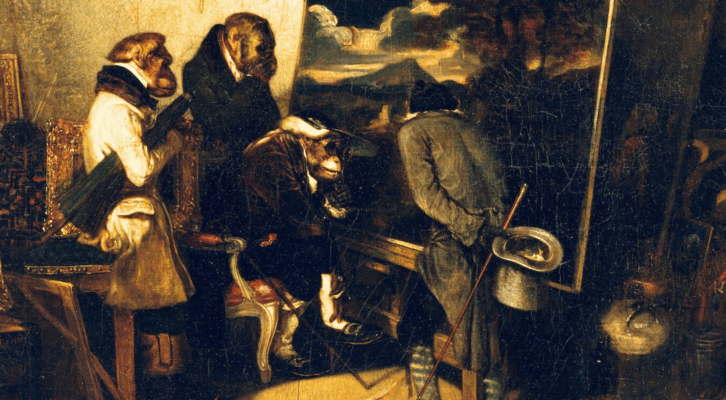As many Christie fans may (or may not) know, Agatha Christie spent most of her life living near the water. Born in Torquay, England, she was raised in a seaside town with a harbor and seafront, historically with a fishing industry and nowadays more known for seaside tourism. As a young adult, she spent a winter with her mother staying by the Nile river in Egypt. Later on, she spent nearly a year carrying out international travel exploits with her first husband in 1922, which included quite a bit of boating and sailing. She sailed to Las Palmas with her daughter for a period of convalescence, and in her later years lived in Wallingford on the Thames river, where many rowers go to practice the sport (and hosts the annual Wallingford Regatta).
Suffice it to say, Christie’s maritime experiences and interests spilled over into her mysteries. A number of her short stories as well as full-length mystery novels either take place completely on a sailing vessel or feature elements of the story aboard yachts and steamers.
Ironically, Hercule Poirot is her sleuthing protagonist that is featured the most frequently when it comes to sailing-adjacent tales, but he is decidedly not a fan of being on the water. Our hero detective does, alas, get seasick. “If it were not for mal de mer…I should delight to voyage myself on one of these big liners,” he ruminates in “The Million Dollar Bond Robbery.” Unfortunately for Poirot, he does indeed seem to find himself onboard a few times, despite his reticence.
The most noteworthy example of a seafaring mystery is Death on the Nile, a beloved Christie classic that features a large part of the story aboard the S. S. Karnak. In fact, modern-day Christie fans can even sail on the S. S. Sudan, a restored 19th century steamer that Christie herself sailed on and provided inspiration for the S. S. Karnak. Essentially, such steamers were extravagant pleasure boats for well-off foreign tourists to Egypt. Even now, pricey Nile cruises remain a popular form of luxury travel for contemporary visitors, featuring gourmet meals and extravagant staterooms.
Problem at Sea, a 1930s Poirot short story, takes place on a passenger ship, a sailing geared towards upper-class travelers. In the TV adaptation of this story for Poirot, the film team was able to utilize a period motor yacht from the early 20th century for the episode. In fact, it’s currently for sale, if any yachting Christie devotees are looking to buy.
Another well-loved Poirot story that uses a ship is The Million Dollar Bond Robbery. In the story itself (not counting media adaptations), while Poirot does not actually board the ship, the vehicle in question is an ocean liner. During the time Christie was writing, while some successful transatlantic air flights had occurred, ocean liners were essentially the only viable means of getting from Europe to North America. Therefore for transatlantic travel stories written during this era, the ocean liner would’ve been the setting. The most well-known ocean liner of the 20th century is admittedly Titanic, but fortunately, most ocean liners operated for years without meeting such a dramatic fate.
One of the highlights of Christie’s writing about boats in her stories is it gives readers a good portrait of what it might’ve been like to sail in a rather extravagant manner during a golden age of pleasure cruising. Her characters on board get to drink high-end cocktails and delicious meals, and stewards and attendants can address every whim when it comes to stateroom requests. To get some fresh air and exercise, they promenade out on the decks, and for recreation, the characters play cards or shuffleboard; sometimes there is live music or entertainment provided by crew members or passengers. Poor Poirot isn’t always able to enjoy all of these creature comforts on the high seas, but at least his readers might!

















